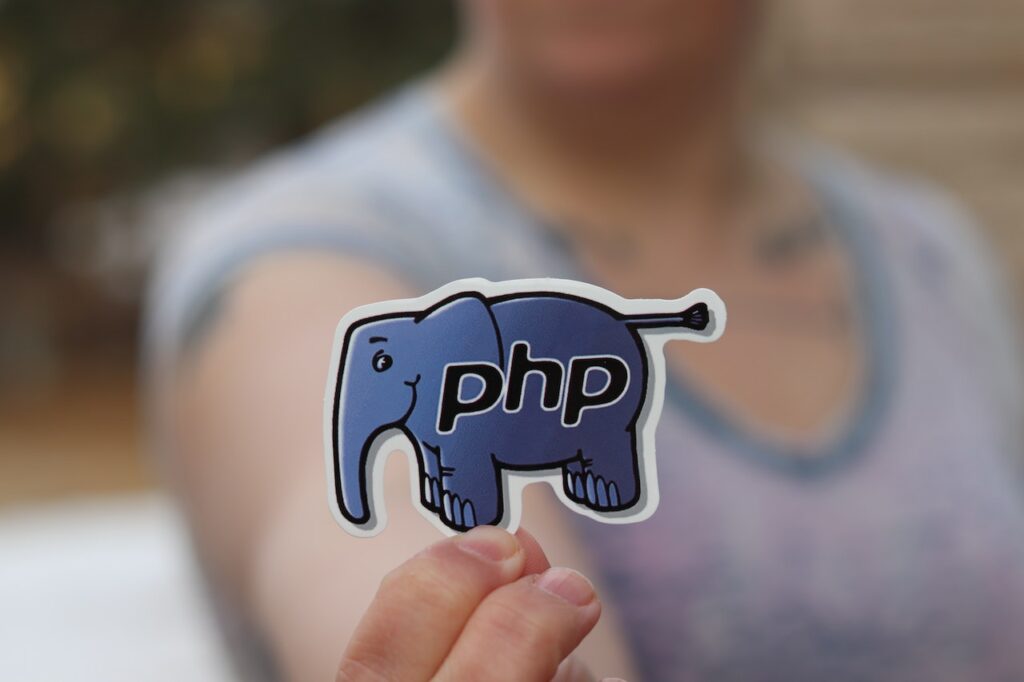I. Introduction
All PHP developers have had to ask where is php.ini at least once in their life. I would argue even more than once.
This article answers all your questions regarding php.ini files including what it is, how to locate it in different operating systems as well as opening and editing php.ini files.
II. What is PHP INI?
PHP INI (short for “PHP Configuration“) is a configuration file used to customize various settings for a PHP installation.
Additionally, this file contains settings for controlling various aspects of PHP’s behavior, such as error reporting, memory limits, and extensions.
It allows users to configure PHP in a way that best suits their needs, and can be used to fine-tune performance, security, and functionality. The file is typically named “php.ini” and is located in a specific directory, depending on the operating system and PHP installation method.
III. Where is PHP ini in Windows 10?
There are 2 methods to locate your php configuration file in Windows 10 and other Windows operating system versions.
Method 1: PHP Info File
- Create a new PHP file in your document root and paste the below code
<?php
phpinfo();
?>- Open the script on a browser to load all PHP configurations.
- Press “CTRL” + F and type “Loaded Configuration File“
- On the search results, you should see the load php.ini file
Method 2: Find Command
To use the find command:
- Open Command Prompt
- Copy and paste the command below
php -i|find/i"configuration file"
You should see output similar to
Loaded Configuration File => /etc/php/7.4/cli/php.iniIV. Where is PHP ini in Mac?
Method 1: PHP Info File
- Create a new PHP file in your document root and paste the below code
<?php
phpinfo();
?>- Open the script on a browser to load all PHP configurations.
- Press “CTRL” + F and type “Loaded Configuration File“
- On the loaded results, you should see the .ini file
Method 2: GREP Command
To use the grep command:
- Open your terminal
- Copy and paste the command below
php -i | grep ini
Your output should look something like
Loaded Configuration File => /etc/php/7.4/cli/php.iniV. Where is PHP ini In Linux/Debian?
Method 1: PHP Info File
- Create a new PHP file in your document root and paste the below code
<?php
phpinfo();
?>- Open the script on a browser to load all PHP configurations.
- Press “CTRL” + F and type “Loaded Configuration File“
- On the loaded results, you should see the load .ini file
Method 2: GREP Command
To use the grep command:
- Open your terminal
- Copy and paste the command below
php -i | grep ini
Your output should look something like
Loaded Configuration File => /etc/php/7.4/cli/php.iniMethod 3: locate command
Another command that can be used on Linux and Debian distributions is locate.
To find your php configuration file:
- Open your terminal
- Copy and paste the command below
locate php.ini
This will output a list of all php.ini files in your machine.
VI. Where is my php.ini file in XAMPP Localhost?
If you are using XAMPP on Mac:
"Applications/XAMPP/etc/php.ini"If are using XAMPP on Windows:
"C:\xampp\php\php.ini"Linux/Debian:
"/opt/lampp/etc/php.ini"VII. How do I Display or Edit PHP ini?
On Windows:
- Locate your php.ini file using the methods outlined in this post.
- Open it using your preferred text editor
For Mac users
nano {path-to-php-ini}Linux & Debian Users
sudo vim {path-to-php-ini}VIII. Conclusion
I hope this post answers all your questions about locating your php.ini configuration file. Happy coding!
Also Read: How To Become a PHP Developer in 2024 [Step By Step Guide]



